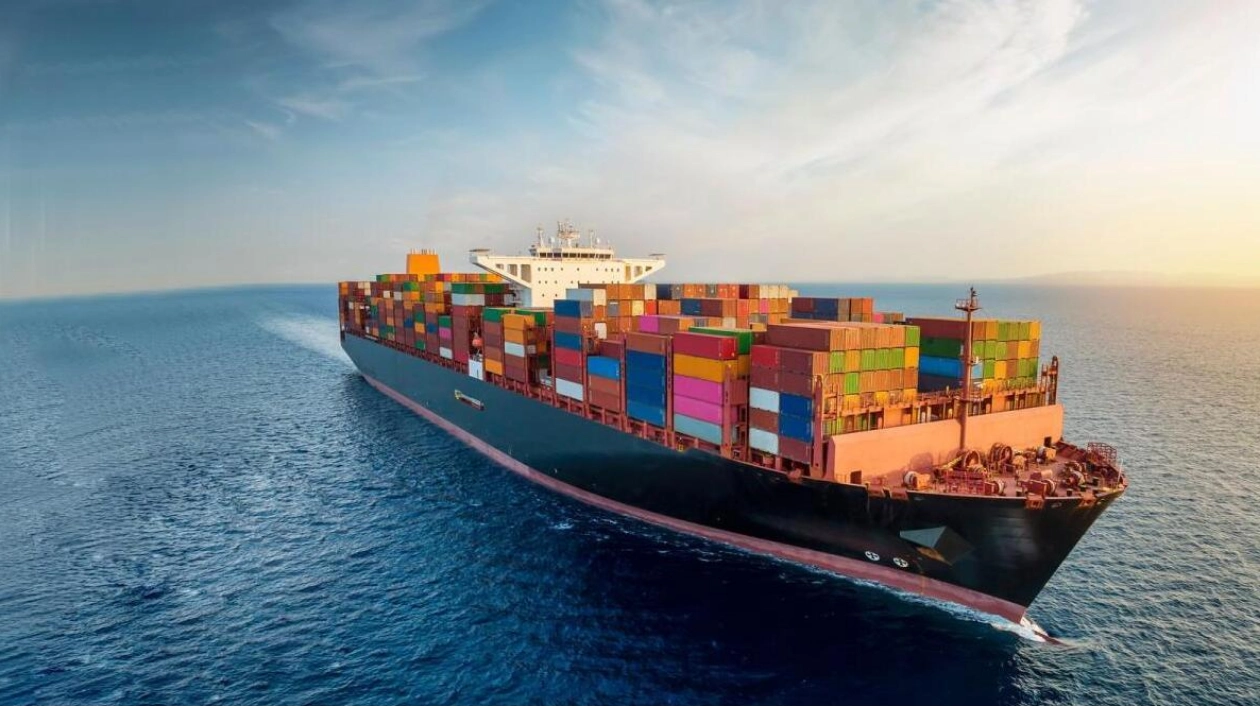The shipping industry is currently navigating a difficult period and is expected to face continued challenges in the latter half of 2024, primarily due to disruptions in the Red Sea and escalating geopolitical tensions, as reported. S&P Global Market Intelligence's recent data indicates that freight rates have surged, rising by 59.7% on North Asia-to-Northern Europe routes and 87.9% on North Asia-to-East Coast routes since April 19. The report suggests that these rate hikes are likely to extend to other routes as carriers attempt to redistribute capacity in response to disruptions. The industry is bracing for difficulties during the peak season, with A.P. Moller-Maersk A/S highlighting an 'industry-wide capacity loss of 15-20% on the Far East to North Europe and Mediterranean market in the second quarter' attributed to Red Sea disruptions. Other carriers, such as ZIM Integrated Shipping Services Limited, have also commented on the situation, noting that these disruptions are helping to absorb market overcapacity and drive up freight rates. Container xChange, a leading platform for container trading and leasing, has identified another factor contributing to the rise in freight rates: increased costs reported by container depot owners in China for leasing containers to the US and Europe, specifically in terms of equipment usage fees and storage space rentals. Additional costs have also risen in areas such as administrative fees, container handling charges, and various storage and demurrage fees. Sreekumar Sivasankaran, Director-Commercial at Globelink West Star Shipping in Dubai, explained that the spike in ocean freight rates began with disruptions in the Red Sea region, leading to increased costs and longer transit times, particularly for routes to Europe and the US. He anticipates that some customers may face container shortages and space availability issues in the short term. Sivasankaran also noted that market volatility is likely to persist due to ongoing instability in the Middle East and West Asia, emphasizing that the shipping industry's stability is closely tied to geopolitical conditions. Regarding the challenges for freight forwarders in the UAE, he predicts intense competition in the second half of the year due to these disruptions and tensions. He highlighted the strategic advantage of the UAE's location for shipping lines and freight companies, facilitating a robust network between the East and West. Industry experts predict that freight rate volatility will continue in the second half of 2024, impacting inflation as businesses pass on increased shipping costs to consumers, potentially leading to a cycle of inflation affecting the entire economy.

Text: Lara Palmer
27.06.2024
Freight Rates Surge as Industry Prepares for Continued Volatility in 2024





